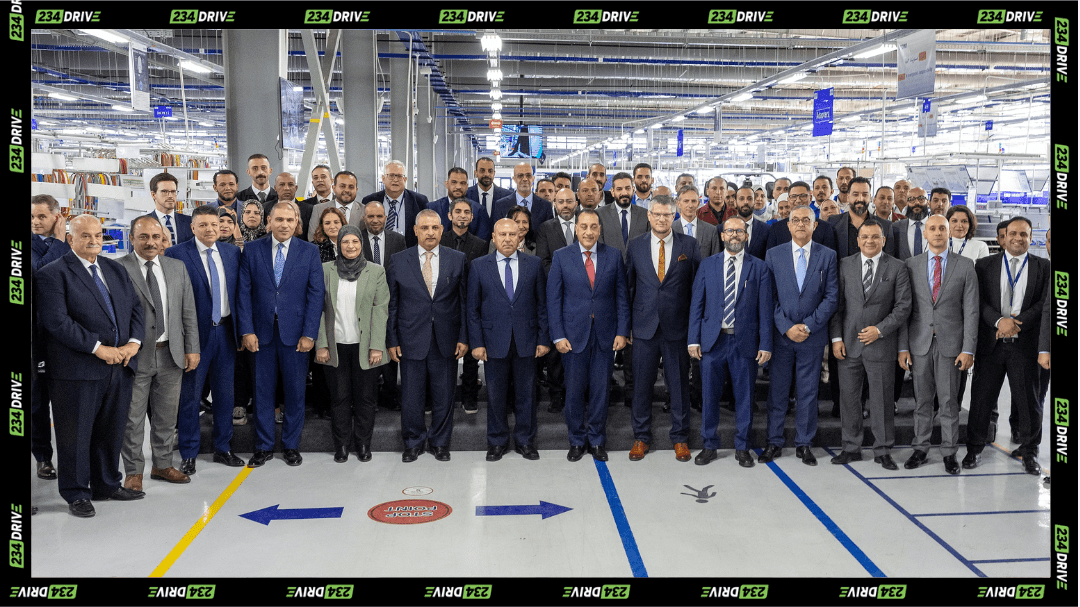On 5th November, 2025, the North West High Court in Mahikeng, South Africa, issued preservation orders under the Prevention of Organised Crime Act (POCA) for a white Mercedes-Benz and a red VW Polo linked to drug trafficking. The vehicles were seized in separate 2023 busts in Potchefstroom, involving two Nigerian nationals accused of modifying the cars to hide illicit substances. The orders prevent the cars from being sold or used pending forfeiture, underscoring the government’s commitment to dismantling organised crime networks. The case reflects growing concerns over how luxury vehicles are being repurposed for smuggling in South Africa’s import chain.
Both operations, led by the Provincial Organised Crime and Drug Task Team, uncovered narcotics concealed in the vehicles’ compartments. The first arrest occurred on 6th January, 2023, in Bult, Potchefstroom, when drugs were discovered in the Mercedes-Benz. The second, on 5th May, 2023, along Promosa Road, revealed a similar setup inside the VW Polo. Authorities have held both vehicles in state custody since, pending legal forfeiture proceedings.

While some reports initially tied the case to OR Tambo International Airport, closer examination shows the incidents occurred inland, though still connected to wider trafficking patterns across South Africa. OR Tambo has seen multiple high-profile arrests in 2025, including drug busts involving Nigerian and Brazilian nationals smuggling cocaine and heroin valued in the millions. For instance, in June 2025, three suspects were caught transporting narcotics from São Paulo. In March and July, other busts exposed smuggling rings moving drugs worth R1.2 million and R4.2 million, part of a wave that led to over 25 arrests at the airport that year.
The link between luxury vehicles and narcotics transport points to a deeper vulnerability within South Africa’s import and supply chain system. Criminals exploit high-end cars for concealment, capitalising on weak inspection regimes and corruption. Studies by ISS Africa and Global Initiative show that syndicates have expanded beyond traditional smuggling routes, using vehicle modifications and counterfeit imports to sustain operations. These networks thrive in regions like KwaZulu-Natal and Western Cape, where weak port controls enable trafficking.
In response, South Africa’s Border Management Authority (BMA) is turning to AI-powered border security technology to strengthen detection efforts. Drones, predictive analytics, and hyperspectral scanners are being deployed to spot hidden contraband more effectively. In May 2025, the government introduced AI-driven surveillance drones and 40 body cameras for officers in high-risk areas, a program aimed at combating smuggling and human trafficking. These tools leverage computer vision and machine learning to identify anomalies in cargo, a step towards aligning with global advances in smart border control.
Experts suggest that emerging technologies could reshape enforcement by improving accuracy in cargo inspection and reducing dependence on manual searches. For example, hyperspectral imaging can detect chemical residues invisible to the human eye, while predictive AI models achieve up to 85% accuracy in identifying high-risk shipments. However, challenges persist—algorithmic bias, high implementation costs, and privacy debates continue to shape adoption across Africa.
This case adds to the broader conversation about ethics and enforcement. Drug networks destabilise communities and erode trust in trade institutions, but policymakers must balance security with human rights. It is noted that African nations are striving to use technology not just for control, but for transparent, humane governance.
Ultimately, the freezing of the Mercedes-Benz and VW Polo stands as both a tactical victory and a cautionary tale. It exposes systemic weaknesses in supply chains while signalling progress in cross-agency collaboration. Whether through AI surveillance or traditional policing, South Africa’s efforts to modernise border security show a nation recalibrating its fight against organised crime for the digital age.









